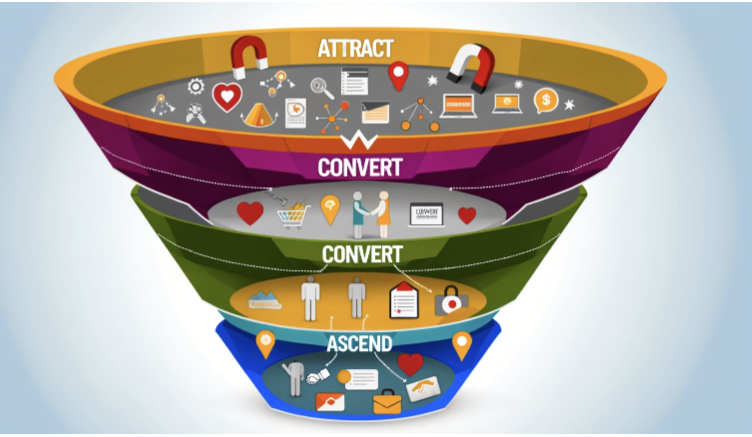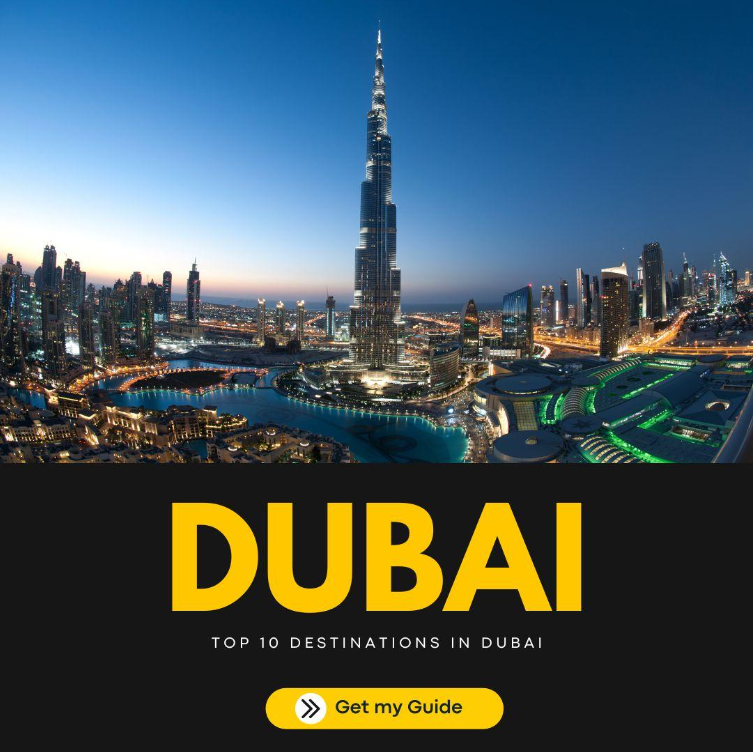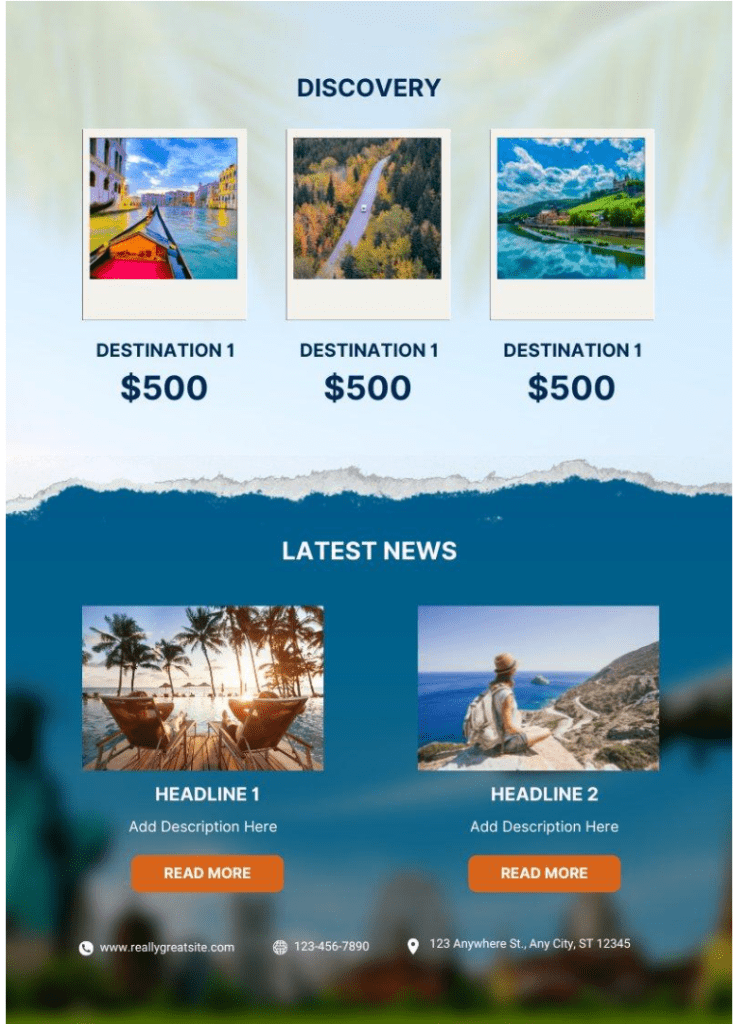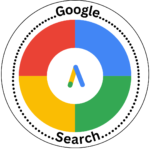From Cold Traffic to Hot Leads: (Part 1 of 5)
Mastering the 3-Step Lead Generation Marketing Funnel

Transforming cold traffic into loyal customers is an art and a science, requiring a nuanced understanding of the lead generation funnel. To achieve this, we start by researching the customer journey, the various touchpoints, the keywords and plan a meticulously crafted strategy. A strategic plan that guides us as marketers through the complexities of creating a funnel that attracts, converts, and ascends.
Turn browsers into buyers.
Converting your site visitors into high-quality leads is a pivotal element of business growth. A carefully crafted marketing funnel is a fundamental strategy of turning indifferent site visitors into enthusiastic buyers. Through a deep dive into targeted customer research, strategic offer creation, and optimized landing page execution, one can use these practical tools and insights to craft a marketing funnel so that it resonates with the audiences and deliver tangible results.
What exactly is the Marketing Funnel?
A marketing funnel is the sum of all interactions or touchpoints a potential customer has with a brand. From the initial discovery of the brand or product to the final purchase decision. It’s a pre-existing structure within any business, which is often missed, yet it’s a critical pathway leading from initial awareness to the final purchase. The crux of these steps lies in recognizing these touchpoints as steps in a journey. This breaking down of the customer journey like this is critical because it reveals potential revenue leaks at each interaction point. A business needs to focus not just on increasing traffic but also ensures conversions. The funnel exists regardless of a business’s awareness, making its optimization a necessity rather than an option. If not optimized, each interaction point can result in lost opportunities. This emphasizes the importance of a well-crafted lead gen funnel to prevent the cumulative effect of these leaks from sinking the proverbial business ship.
The Critical Role of Lead Generation Funnels
Lead generation funnels are a tactical part of digital marketing strategies and the cornerstone of sustainable business growth. It is a myth that funnels are exclusively for certain types of marketers, asserting their universal applicability. By focusing on conversion rather than mere traffic acquisition, businesses can significantly enhance their revenue potential. A simple step like improving an opt-in page’s conversion rate, can lead to a significant jump in monthly revenue. It’s not just about just about attracting clicks but converting them into meaningful interactions and sales.
The 3 Phases of the Marketing Funnel
The funnel is broken down into three essential stages: Attract, Convert, and Ascend. Separate campaigns need to address each of these.

This structured approach redefines traditional perceptions of funnels, shifting them from digital marketing gimmicks to essential, strategic tools for sustained business growth.
The 3 Core Offers of a Lead Generation Funnel Campaigns
In creating a lead generation funnel, we highlight three core offers: the Authority Beacon, Lead Generation, and Sales Offers.
- Authority Beacon: This initial offer targets colder traffic, serving as a lead magnet to draw potential customers into the brand’s universe.
- Lead Generation Offer: Designed to entice potential customers to engage further, typically by getting on a phone call.
- Sales Offer: This final offer packages the product or service, aiming to convert leads into paying customers.
This structured progression ensures a series of “micro yeses,” gradually warming up leads through the funnel stages towards the ultimate goal of making a sale.
- Post Free Educational Content on Social Media as an Authority Beacon
- Carousel Post: Create posts for Insta, FB, TikTok, & Snapchat for example like “Top 10 Must-Visit Destinations in Dubai,” “Insider Tips for Exploring Dubai Like a Local,” and “Unique Experiences You Can’t Miss in Dubai.”


3. The landing page is where you close. Include a compelling sales offer in the headline of your landing page with key points included above the fold.

Landing Page Structure
Below is a typical landing page structure. The goal is to logically guide and convert the prospect with an honest representation of the service. The structure can be modified based on what is important to each Business.
Top Section (Above the Fold)
- Logo: Elegant, easily recognizable logo placed at the top left corner.
- Headline with Compelling Offer: “Experience the Magic of Dubai – Exclusive 30% Discount on Luxury Tours!”
- Contact Form: A simple, minimalist form asking for the visitor’s name, email, and interest area, positioned prominently for easy access.
- Call to Action (CTA): A bold button that says “Book Your Adventure Now” set against a stunning backdrop.
- Background Image: A breathtaking image of Dubai’s skyline, showcasing iconic landmarks like the Burj Khalifa and the Dubai Fountain, capturing the city’s vibrant essence.
Testimonials Section
- Headline: “Hear from Our Happy Adventurers”
- Testimonials: A carousel or grid of testimonials from satisfied customers, each with a short quote and the person’s name, possibly including their country to highlight international satisfaction.
Additional Sections
- About Us: A brief section introducing the agency, its mission, and why it’s passionate about bringing the best of Dubai to visitors.
- Featured Tours: Highlight a selection of tours with beautiful images of destinations like the Palm Jumeirah, the Dubai Desert Conservation Reserve, and the historic Al Fahidi Quarter. Each tour should have a short description, price, and a “Learn More” button.
- Why Choose Us: Bullet points or icons emphasizing unique selling points like “Personalized Itineraries,” “Expert Local Guides,” and “Luxury at Great Value.”
- Gallery: A visually appealing gallery showcasing the beauty and diversity of Dubai, from desert safaris to luxury shopping and cultural experiences.
- FAQ: A section addressing common questions about travel requirements, best times to visit, and what to expect on the tours.
- Contact Information: Detailed section with the agency’s phone number, email, physical address, and social media icons.
Given below are some other examples of how Authority Beacons can target colder traffic and act as lead magnets that different verticals can use as a springboard for ideas. Each business has different needs and one can have multiple options in the implementation of the strategy.
Free Educational Content:
- eBooks: Create an informative eBook on a topic relevant to your target audience. Offer it in exchange for an email address. This establishes your expertise and positions you as a thought leader.
- Webinars: Host a free webinar on a common pain point your audience faces. Provide valuable insights and solutions, with a call to action for a paid consultation or further resources.
- Cheat Sheets & Templates: Develop downloadable cheat sheets or templates that summarize key information or provide a framework your audience can use.
Interactive Assessments & Quizzes:
- Personality Quizzes: Design a quiz that helps users understand their needs or challenges related to your industry. Offer personalized recommendations for your products or services at the end.
Skill Assessments: Create an assessment that gauges a user’s current level of knowledge or proficiency in a relevant area. Offer resources or consultations to help them reach the next level.
Valuable Tools & Resources:
- Free Trials: Provide access to a limited version of your product or service for free. This allows users to experience the benefits firsthand and lowers the barrier to entry.
- Free App Downloads: Develop a free app with basic functionalities that showcase your brand’s expertise. Offer in-app purchases or premium features to unlock additional value.
- Industry Reports & Whitepapers: Compile research findings and insights into a report or whitepaper. Gate content behind a form to capture leads while positioning yourself as a trusted source of information.
Community Building:
- Free Online Courses: Offer short, introductory online courses that provide a taste of your expertise. Encourage enrolment with an email address to unlock additional lessons or discussions.
Exclusive Content Communities: Create a private forum or group where users with similar interests can interact and learn from each other. Require registration to participate, fostering a sense of exclusivity and brand loyalty.

Ideas and examples of Lead Generation Offers designed to engage potential customers to interact further, typically by scheduling a phone call:
Free Consultations & Strategy Sessions:
- Personalized Consultations: Offer a free, one-on-one consultation where a specialist dives deep into the prospect’s specific needs and challenges. This allows you to showcase your expertise and tailor solutions, increasing the likelihood of converting them into paying clients.
- Strategic Planning Sessions: Provide a complimentary session to help potential customers develop a roadmap for achieving their goals. This demonstrates your value proposition and positions you as a trusted advisor, making them more receptive to your paid services.
Targeted Demos & Product Walkthroughs:
- Live Demos: Showcase your product or service in action through a personalized live demonstration. Highlight key features and benefits relevant to the prospect’s specific needs. This allows them to see the value firsthand and understand how it can address their challenges.
- Guided Product Walkthroughs: Offer a pre-recorded walkthrough of your product or service, tailored to address common pain points, or use cases. This provides valuable information without requiring a live interaction but include a clear call to action to schedule a follow-up call to discuss their specific needs.
Value-Added Audits & Analyses:
- Free Website Audits: Provide a free analysis of a prospect’s website, identifying areas for improvement in areas like SEO, user experience, or conversion optimization. This showcases your expertise and demonstrates the potential value you can deliver.
- Marketing Campaign Analyses: Offer a complimentary review of a prospect’s existing marketing campaigns, highlighting areas of strength and opportunities for improvement. This positions you as a strategic partner who can help them achieve better results.
Exclusive Offers & Bonus Incentives:
- Limited-Time Discounts: Provide a special discount or limited-time offer for those who schedule a call within a specific timeframe. This creates a sense of urgency and incentivizes immediate action.
Free Bonuses with Consultation: Offer bonus resources, such as templates, white papers, or consultations on a related topic, for those who book a call. This adds additional value and makes the call more attractive.

- Offer different tiers of your service or product with varying features and price points. This caters to different budgets and needs, allowing customers to choose the option that best suits them.
- Highlight the benefits of upgrading to higher tiers. Clearly showcase the additional value customers get for a higher price, incentivizing them to invest in a more comprehensive solution.
Limited-Time Deals & Promotions:
- Create a sense of urgency with limited-time discounts or special offers. Sparking fear of missing out (FOMO) can encourage immediate purchase decisions.
- Offer free trials or money-back guarantees. This reduces the perceived risk for customers and makes it easier for them to commit.
Value Stacks & Bundles:
- Combine your product or service with complementary offerings at a discounted price. This creates a perception of greater value and incentivizes customers to purchase a more comprehensive solution.
- Bundle your product with valuable bonuses or resources. This adds extra perceived value without significantly increasing the cost, making the offer more attractive.
- Offer flexible payment plans or financing options. This makes your product or service more accessible to customers who may not be able to afford the full cost upfront.
- Highlight zero-interest financing or low monthly payments. This can make the purchase decision easier for budget-conscious customers.
Scarcity & Exclusivity:
- Limit the availability of your product or service. Creating a sense of scarcity can make it more desirable and encourage customers to act quickly.
- Offer exclusive discounts or bonuses to early adopters. This rewards early commitment and fosters a sense of exclusivity.
Remember:
- Focus on the benefits and value proposition of your offer. Clearly communicate how your product or service solves the customer’s problems and improves their lives.
- Craft a compelling call to action (CTA). Tell customers exactly what you want them to do next, whether it’s scheduling a demo, visiting a product page, or making a purchase.
- Use strong visuals and persuasive language. Showcase the benefits of your product or service in a clear and engaging way.
Use these strategies to ideate on your own and create effective Sales Offers that convert leads into paying customers and drive sales growth.

